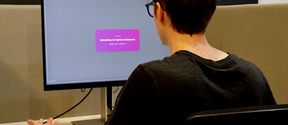Scientists harness the wind as a tool to move objects
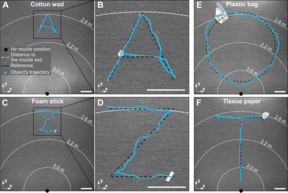
Researchers have developed a technique to move objects around with a jet of wind. The new approach makes it possible to manipulate objects at a distance and could be integrated into robots to give machines ethereal fingers.
‘Airflow or wind is everywhere in our living environment, moving around objects like pollen, pathogens, droplets, seeds and leaves. Wind has also been actively used in industry and in our everyday lives – for example, in leaf blowers to clean leaves. But so far, we can’t control the direction the leaves move – we can only blow them together into a pile,’ says Professor Quan Zhou from Aalto University, who led the study.
The first step in manipulating objects with wind is understanding how objects move in the airflow. To that end, a research team at Aalto University recorded thousands of sample movements in an artificially generated airflow and used these to build templates of how objects move on a surface in a jet of air.
The team’s analysis showed that even though the airflow is generally chaotic, it’s still regular enough to move objects in a controlled way in different directions – even back towards the nozzle blowing out the air.
‘We designed an algorithm that controls the direction of the air nozzle with two motors. The jet of air is blown onto the surface from several meters away and to the side of the object, so the generated airflow field moves the object in the desired direction. The control algorithm repeatedly adjusts the direction of the air nozzle so that the airflow moves the objects along the desired trajectory,’ explains Zhou.
‘Our observations allowed us to use airflow to move objects along different paths, like circles or even complex letter-like paths. Our method is versatile in terms of the object’s shape and material – we can control the movement of objects of almost any shape,’ he continues.
The technology still needs to be refined, but the researchers are optimistic about the untapped potential of their nature-inspired approach. It could be used to collect items that are scattered on a surface, such as pushing debris and waste to collection points. It could also be useful in complex processing tasks where physical contact is impossible, such as handling electrical circuits.
‘We believe that this technique could get even better with a deeper understanding of the characteristics of the airflow field, which is what we’re working on next,’ says Zhou.
The article was published in Advanced Intelligent Systems. DOI: http://doi.org/10.1002/aisy.202400174
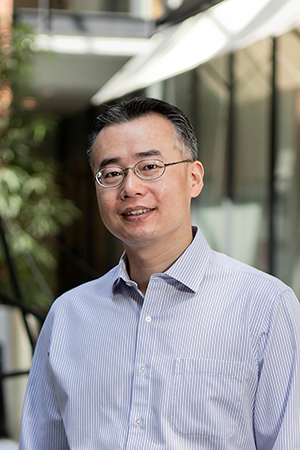
Read more news
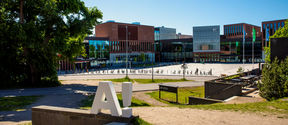
Professor Peter Hans Matthews works as a Fulbright-Aalto Distinguished Chair scholarship holder at the Department of Economics
Fulbright programmes and scholarships are highly appreciated in the United States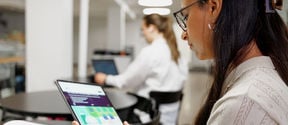
Aalto EE Introduces Alex: A New Learning Experience Platform to Transform Lifewide Learning and Tackle Upskilling Challenges
Aalto University Executive Education (Aalto EE) is launching Alex in June, a learning platform designed to enhance continuous professional development. Alex offers personalized learning journeys, micro-credentials, and professional development programs, aligning current skills with industry needs. This platform, which continuously evolves with new features like mobile access and AI integration, sets a new standard for professional development in Finland.
Aalto ARTS Summer School explores the significance of water through the lens of art
The theme of School of Arts, Design and Architecture’s Summer School this year is water, and its significance is explored in a multidisciplinary way through the perspectives of art, film and digital.